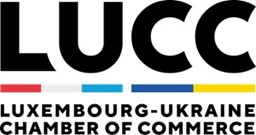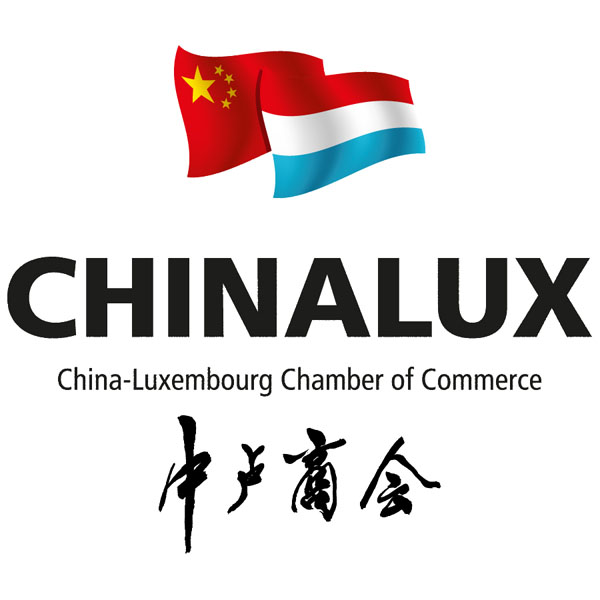 (L-R) Carlo Thelen, Director General of Luxembourg Chamber of Commerce; Lex Delles, Luxembourg's Minister of the Economy, SMEs, Energy and Tourism; Tom Baumert, President of GIE National Observatory of SMEs, CEO of Luxembourg Confederation;
Credit: MECO
(L-R) Carlo Thelen, Director General of Luxembourg Chamber of Commerce; Lex Delles, Luxembourg's Minister of the Economy, SMEs, Energy and Tourism; Tom Baumert, President of GIE National Observatory of SMEs, CEO of Luxembourg Confederation;
Credit: MECO
On Monday 3 March 2025, Luxembourg’s Minister of the Economy, SMEs, Energy and Tourism, Lex Delles, the Director General of the Luxembourg Chamber of Commerce, Carlo Thelen, and the President of the GIE National Observatory of SMEs and CEO of Luxembourg Confederation, Tom Baumert, presented the "Retail Report 2025", the 3rd edition of Luxembourg’s retail trade observation and analysis tool, at the Chamber of Commerce in Luxembourg-Kirchberg.
In a joint press release, the Ministry of the Economy, Luxembourg Confederation and the Luxembourg Chamber of Commerce explained that the Retail Report was set up in 2022 as part of the "Pakt Pro Commerce”, which itself was launched in 2016 by the General Directorate for Small and Medium-Sized Enterprises, the Luxembourg Chamber of Commerce and Luxembourg Confederation. The "Pakt Pro Commerce" aims to boost and support the development of local commerce through a series of practical actions. The "Retail Report" is considered an essential tool for understanding retail trends in Luxembourg. By providing precise and up-to-date data, it helps to better understand the dynamics of the sector and guide public policies as well as the strategies of economic players.
According to the press release, the 2025 Retail Report provided a detailed overview of retail in Luxembourg, highlighting the structure of the sector, its geographical distribution and its recent developments. By comparing the trends observed since 2019, the report offered a clear vision of the transformation of the country's retail landscape and highlighted several major trends that are shaping the evolution of retail in Luxembourg:
- a gradual transformation of city centres: the commercial vacancy rate decreased by 0.4 points between 2023 and 2024, from 12.3% to 11.9%. This trend is observed both in city centres (from 14.9% to 14.3%) and in village centres (from 10.4% to 9.6%). However, retail trade is tending to decrease in city centres, in favour of the service sector and the Horeca (hospitality) sector. Since 2019, the share of retail trade in city centre activity has fallen from 37.5% to 33.6%, confirming a shift towards more multifunctional urban centres. Faced with these challenges, new approaches are emerging, such as pop-up shops and showrooms, which have increased by 72.5% since 2019 and are helping to boost commercial areas;
- growth in line with demographic trends: at the end of the third quarter of 2024, the total commercial area in Luxembourg stood at nearly 1.1 million m², or an average of 1.66 m² per inhabitant for a population of 672,000 inhabitants. Since 2019, the commercial area has increased by 5.3%, a trend that parallels demographic growth (+7.4% over the same period), while remaining slightly below the latter. This dynamic is partly explained by the rise of online commerce, which requires less physical space and influences sectors such as fashion and consumer electronics in particular;
- increased dynamism in the food retail trade: the food retail trade is reported as being one of the major beneficiaries of the transformations in the sector. Since 2019, it has recorded more than 100 new points of sale and a 12.7% increase in the dedicated commercial area. This increase concerns all categories of food establishments,
from traditional supermarkets to hard-discount brands, whose sales areas have increased by more than 35% in five years. The growing diversity of the Luxembourg population is also reflected in the growth of grocery shops specialising in international products, which have grown by 21.8% since 2019. At the same time, the evolution of the retail business park (+1.1%) and the Horeca sector (+2.5%) between 2019 and 2024 remains moderate and well below population growth. However, as the sales area has increased faster than the number of shops, the average area per point of sale has increased;
- digitalisation at the service of retail: online commerce and omnichannel strategies are reported to be growing strongly in Luxembourg. In five years, the share of businesses with an online shop has increased from 33.5% in 2019 to 44.4% in 2024. This structural transformation is reported to be pushing companies to adopt a multichannel approach, combining physical and digital presence. The only exception is the car and motorcycle accessories sector, where this trend is less marked. In addition, the "Localyze.lu" platform, launched in 2023, allows retailers and investors to access an interactive map of business opportunities, in order to optimise their location decisions.
Minister Delles emphasised the importance of the Retail Report, saying: "Local businesses are driving our municipalities and city centres, contributing to their attractiveness and the quality of life of our fellow citizens. I am delighted that the vacancy rate has decreased by 0.4 percentage points, both in city centres and in villages. The 2025 edition also highlights that the growth in sales areas is in line with the country's demographic developments, while showing a certain disparity between the sectors, where the food retail trade is among the major beneficiaries of the sector's transformations. In addition to initiatives such as ‘Localyze.lu’, the ‘Retail Report’ offers us a precise vision of market developments. Luxembourg retail thus benefits from a strategic vision and reliable data to anticipate market developments and strengthen its attractiveness".
The press release added that Luxembourg retail has shown remarkable resilience in an unpredictable geopolitical context and a volatile and complex economic environment.
Carlo Thelen commented: "Low consumer confidence in the face of ambient uncertainties and pressure on business profitability are major challenges for the sector. The attractiveness and success of retailers will depend on their ability to innovate and integrate new technological tools and processes, particularly digital ones. These levers can boost their productivity, optimise the quality of services and enrich the customer experience to meet the evolving expectations of consumers in a rapidly changing competitive context”.
HOM








